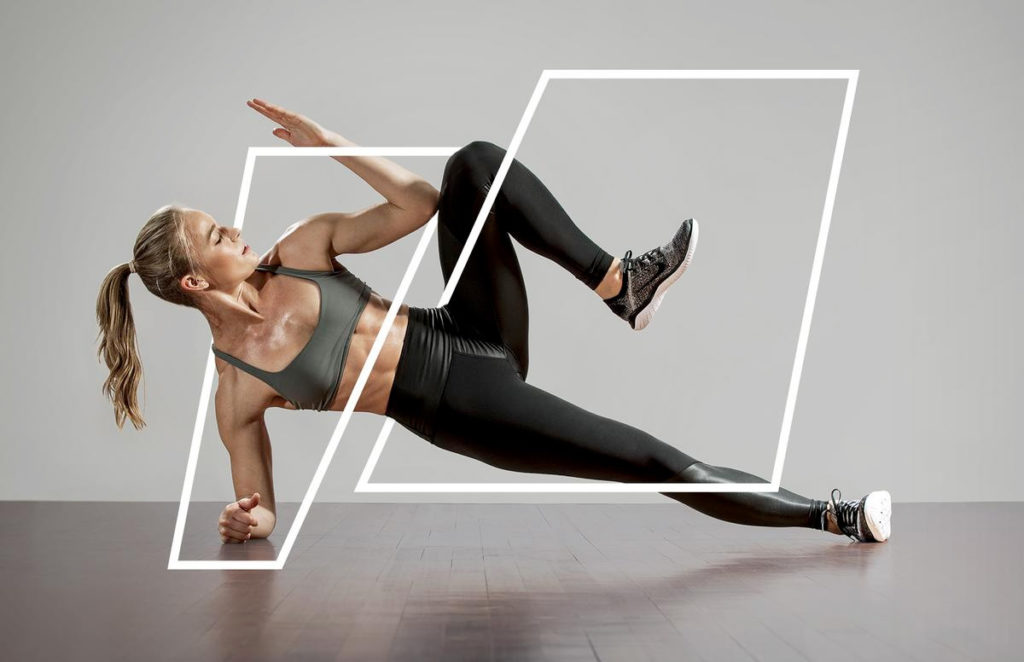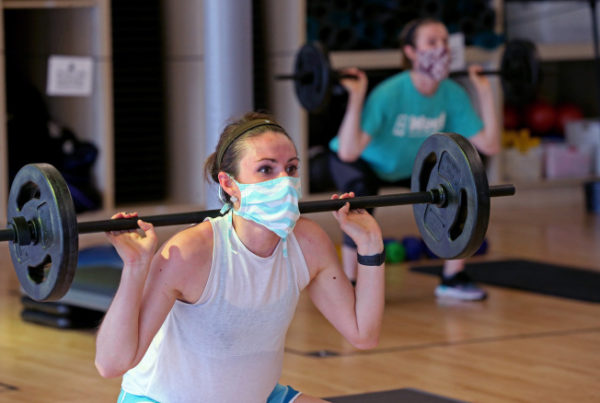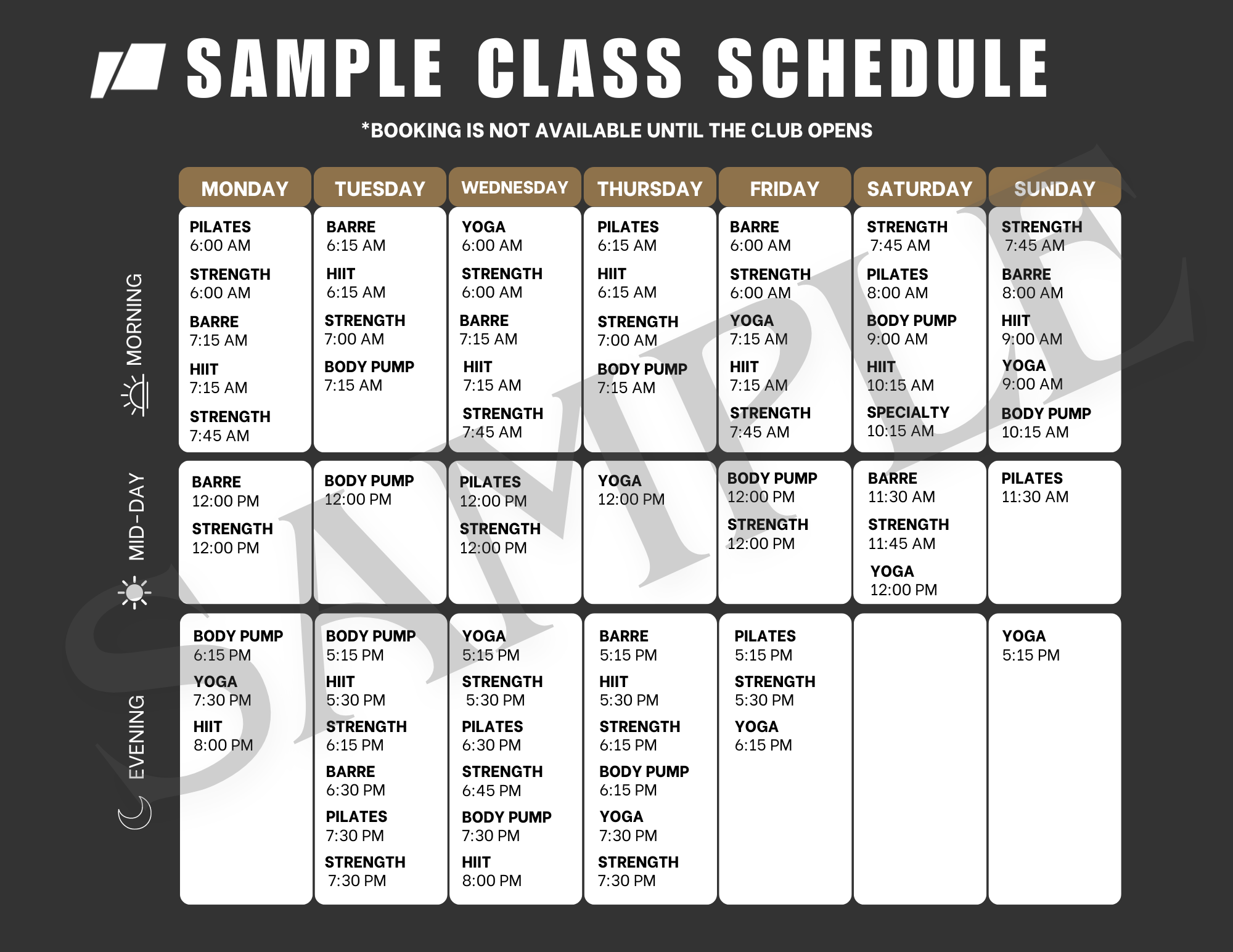How beat you feel depends a lot on your current level of conditioning and how hard you’ve pushed yourself. High-intensity training, or training lasting over an hour, will definitely have you walking funny and dreading sneezing for a few days. If you’re feeling so sore that it’s affecting your next workout, or even affecting your quality of life, try taking these steps below to boost your recovery.
3 Ways to Best Recover After a Workout
1) PNF Stretching
PNF (Proprioceptive neuromuscular facilitation, say that 5 times fast) is different than traditional stretching in that it involves both contraction and lengthening of the muscles. It is one of the best ways to stretch the muscles that have become stiff and short after a workout.
- Start by doing a traditional stretch
- Contract the muscle being stretched for 5 to 10 seconds
- Relax now for 10 to 20 seconds while maintaining the stretched position
- Take the stretch a little further now and repeat the steps
2) Recovery Drink
Whether or not you need a recovery drink will depend on the intensity and duration of your workout.
It’s no secret how important a hit of protein is after a workout, but guzzling down your post-workout shake might not be enough to completely refuel and recover. Electrolytes are extremely important for common muscular functions, including contraction and relaxation. If you’re experiencing muscle cramps (real talk, these are the worst!), you may benefit from adding electrolytes to your water after an intense session in the gym. If you’re sweating so badly beavers are building a dam around you, then you’ll definitely need them. Try adding an electrolyte powder to your water, or even a little Celtic sea salt, to help you rehydrate and replenish the minerals lost in your sweat.
3) SMR Before Bed
Finally, before bed, you should get a little Self Myofascial Release (SMR) going. Use a foam roller* or lacrosse ball to smooth out any knots and tightness, which can be responsible for muscular soreness in the days to come.
*Click here for a video from a Republic personal trainer on foam rolling!
Tips:
- If it hurts, that’s normal! Relax and breathe into the stretch.
- Don’t roll too fast over the tender areas. Spend time consciously massaging the muscles until you feel a change in the tension
- Perform SMR for a minimum of 2 minutes on each muscle needing attention.


![[Video] The Best Steps for Post-Workout Recovery](https://republicbos.com/wp-content/uploads/2017/07/post-workout-recovery-1080x675.jpg)




